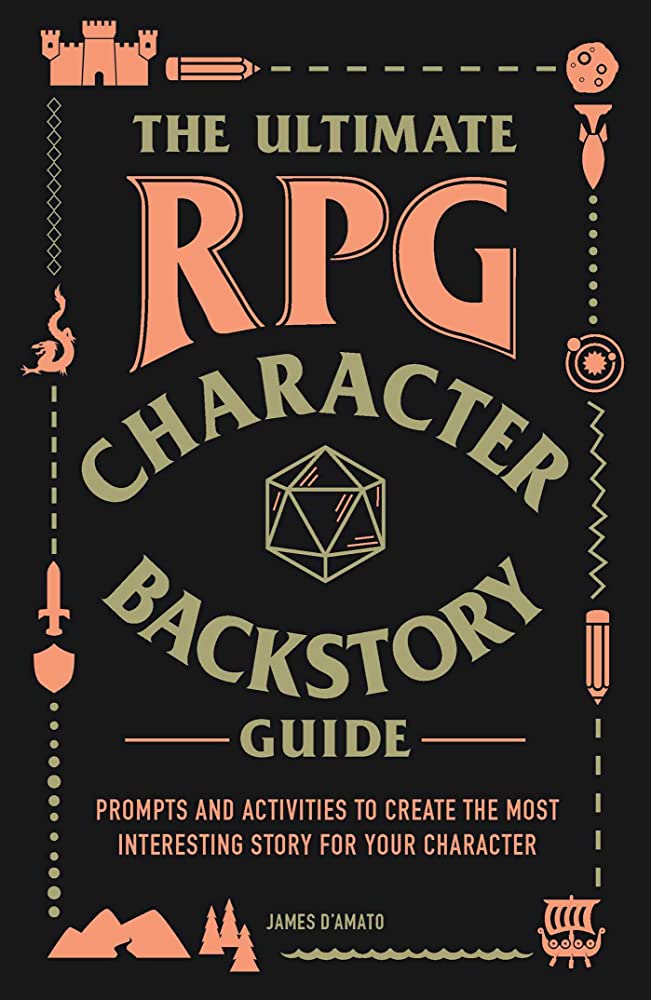Narrative design is important in modern game development, as it creates immersive worlds while complementing gameplay. It is the crafting of stories that connect the game’s setting, characters, and mechanics, which enhances player engagement and adds depth and meaning to the experience. Developing characters that players care about and designing intricate worlds that feel real are key to creating a compelling narrative, and incorporating storytelling techniques like branching paths and non-linear storytelling can keep players invested in the journey. Ultimately, a strong narrative can elevate a game from good to great, emotionally engaging players until the very end.
The Importance of Narrative in Game Design: Crafting Compelling Stories that Keep Players Engaged
Introduction
Games have evolved from simple pixelated graphics to complex and immersive worlds that players can explore. In order to fully engage players in these worlds, game developers need to craft compelling stories that complement the gameplay. This requires a deep understanding of narrative design and its importance in game development.
The Role of Narrative in Game Design
Narrative design refers to the crafting of a story that connects the game’s setting, characters, and mechanics. It is not about creating a linear story that players follow, but rather a story that players actively participate in and shape as they progress through the game. A good narrative not only enhances player engagement, but also adds depth and meaning to the gameplay experience.
The Benefits of a Strong Narrative
A strong narrative can make a good game great. It immerses players in a world that feels real and meaningful, and gives them a reason to care about the characters and their journey. A compelling narrative can also make players invested in the game’s outcome, creating an emotional connection that keeps them engaged until the very end.
Developing Characters
Characters are at the heart of a good story. They need to be well-crafted and relatable, with their own unique motivations and personalities. Players should feel like they know the characters and care about what happens to them. Games like The Last of Us and Assassin’s Creed have succeeded in creating characters that players deeply connect with, resulting in memorable and emotional gameplay experiences.
Designing Worlds
The setting of a game should feel like a character in itself. A well-designed world can create a sense of immersion and transport players to a different time or place. The world should have its own history and lore, with details that contribute to the overall narrative. Games like The Witcher and Fallout have succeeded in creating intricate and immersive worlds that players can explore and get lost in for hours.
Storytelling Techniques
There are many storytelling techniques that game developers can use to enhance the narrative. These include branching paths, player choice, and non-linear storytelling. Branching paths allow players to make choices that affect the story’s outcome, while non-linear storytelling can create a sense of mystery and intrigue. Games like Life is Strange and Until Dawn have succeeded in using these techniques to create compelling narratives that keep players invested in the story.
Conclusion
As games continue to evolve, the importance of narrative design becomes more apparent. A strong narrative can elevate a game from good to great, engaging players emotionally and immersing them in a world that feels real and meaningful. By developing compelling characters, designing intricate worlds, and using effective storytelling techniques, game developers can craft narratives that keep players engaged and invested until the very end.
